Tour the new Steppe Garden
Welcome to the Steppe Garden. This unique garden showcases plants from steppe regions of the world. The featured steppe regions and associated continents are:
- South Africa, which is divided into summer rainfall habitat, winter rainfall habitat and cultivated material.
- Central Asia, which exhibits plants from all across Eurasia.
- South America, which showcases plants from Argentina and more specifically Patagonia.
- North America, which is largely showcased by the cottonwood habitat and the associated grasslands. There is also a section that showcases plants from the Intermountain West.
All of these areas have specific interpretation to assist you in discovering more about the steppe phenomenon.
Tour
As you enter the garden from the main east/west path you are instantly greeted by a large rock mass. This, along with the other rock features, do several things for the garden. All steppes are influenced by geology, specifically the proximity to a greater mountain range that creates a rainshadow that influences when and how precipitation and water comes into the steppe. These rock massifs also help give a visual break and help to guide the visitor through the garden. The way that mountains erode influence the very soil structure and composition that are incredibly important aspects of the flora that grows there.
Entering the Steppe Garden you will notice three large stone structures. These curious objects are planters that all have specific uses and showcase important microcosms within the greater steppe biome.
- One of the planters showcases plants that are called “living stones.”
- The central planter has a small trickling fountain to illustrate the importance and scarcity of water in the steppe.
- The last planter highlights cushion plants, an adapted growth form.
These planters were painstakingly constructed by the Gardens’ stonemasons and are not only works of art but are becoming living interpretations of specialty conditions and a unique way to grow plants from very specific ecological niches.
South Africa is one of the larger areas in the garden and rightly so as the flora of South Africa is one of the largest in terms of diversity and endemism (only found in one geographic region) of all of the regions. Plants from South Africa are incredibly important to our garden spaces and have been grown and hybridized for many years. Some classic examples of plants that are seen and used every day are Pelargonium (geraniums in the vernacular), Gladiolus and Delosperma (ice plants). A major goal of the South African portion of the garden is to highlight plants that have been influenced by human selection or breeding and compare or contrast them next to plants that have been collected in the wild or are species that have not been manipulated by human influence.
Central Asia is the largest of the steppe regions and has been crucial to human movement and influence for many thousands of years. The great Silk Road runs right through the heart of Central Asia and was responsible for the movement of goods as well as plants. Many of the classic garden perennials owe their lineage to this vast part of the world. Some classic examples of plants from here are peonies, tulips and delphiniums. The collections in this part of the garden focus on plants from the western portion of the Eurasian supercontinent.
South America is a wondrous and fascinating part of the world. The plants that we grow from there are quite unique but have a sense of familiarity about them. Grasses dominate the massive expanse known as the Estepa Patagónica. These grasses are the structural web that dominates the visual plane and gives home and protection to important flowering plants. The flora of Patagonia is the region that currently has the least amount of representation. Don’t worry: Gardens staff is working hard at acquiring plants through our network of colleagues and partners that we have been developing for many years. Keep your eyes on this area as there will be many new-to-cultivation plants grown specifically for this space.
North America is the part of the garden that we may be most familiar with. It is our home and our backyard stomping grounds. Much of the work of our research department takes place throughout the North American steppe. To understand what steppe is, one must study and learn about our own sense of place and all of the factors that bring us to call the Front Range of Colorado home. The plants of the great North American steppe are crucial to our way of life. Much of our native steppe has been replaced by monocultural farm lands or ranches grazed for animal production. Our steppe is imperiled. Learning about the native plants that grow there as well as having refuge for them to be protected is vital to working towards a healthy ecosystem.
No trip to the Steppe Garden can be complete without a stop in the Science Pyramid. This is a place to explore all of the elements that can help you find a deeper knowledge of steppe. The Steppe Garden and Science Pyramid are a central part of the gardens, both physically and institutionally. We are residents of the steppe and as we explore the similarities and differences of the great steppe regions, we gain both a sense of place as well as the ability to redefine what it means to garden here.
Steppe Garden Gallery
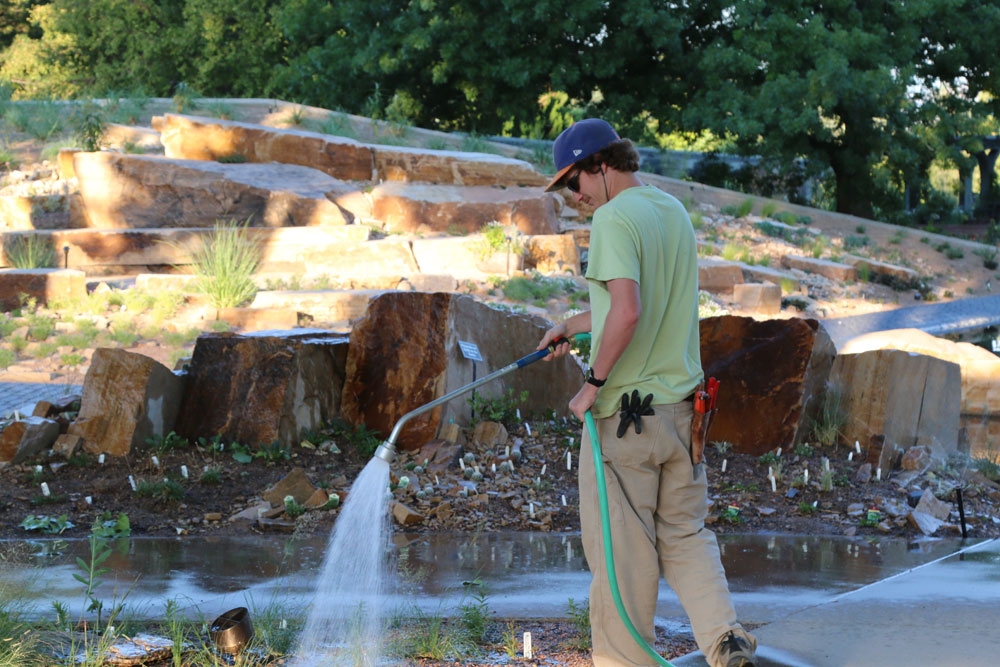
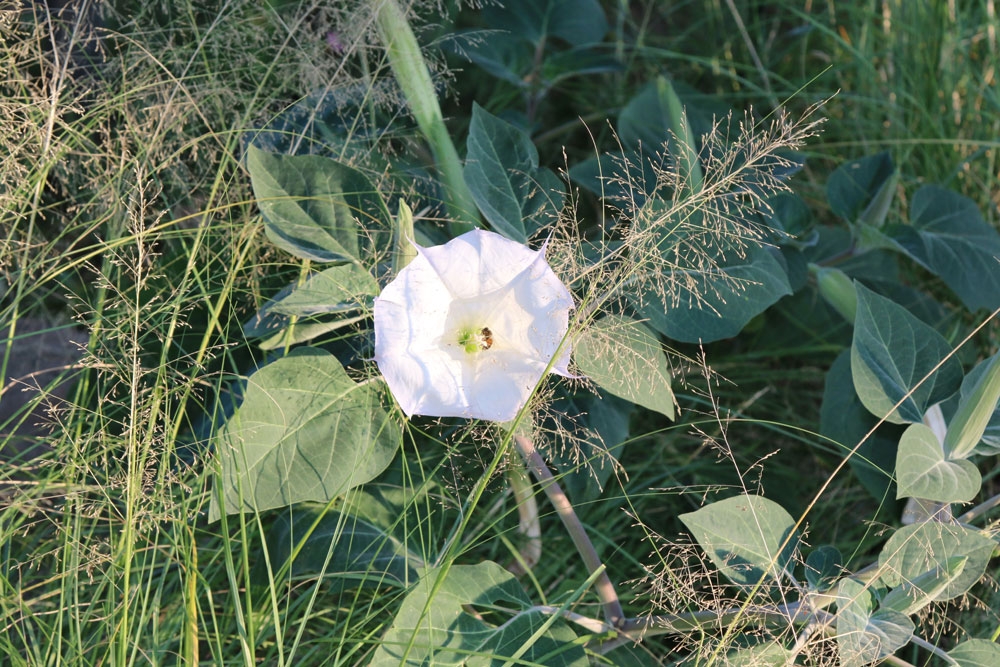
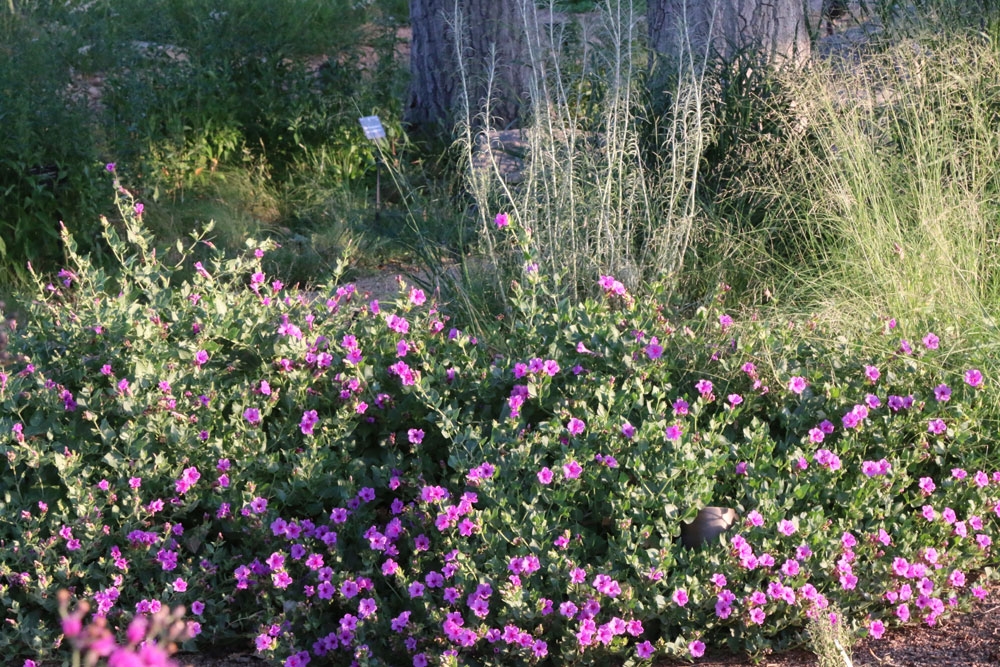
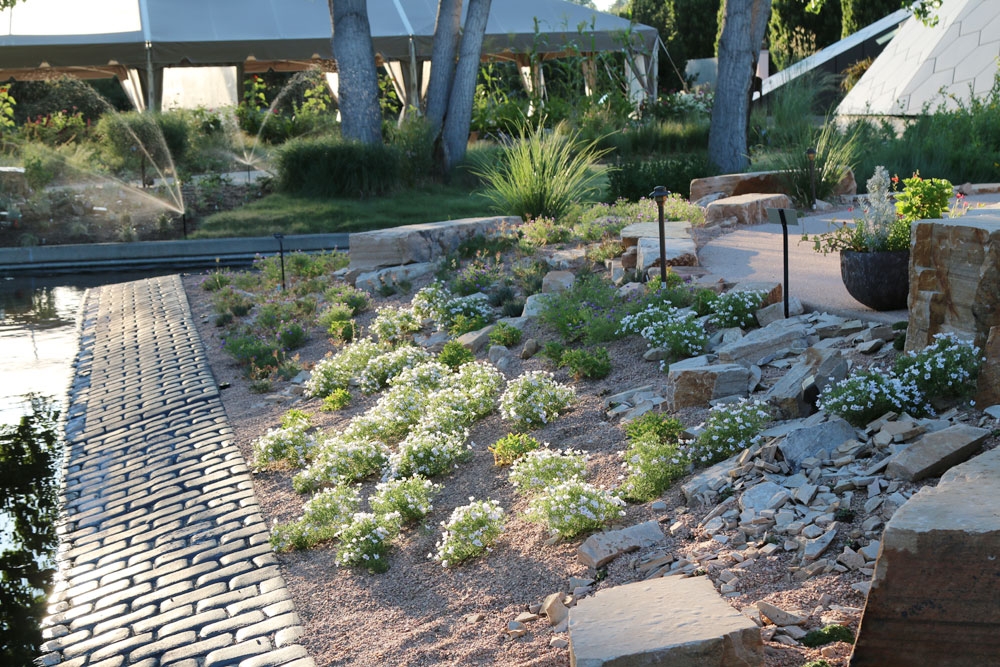
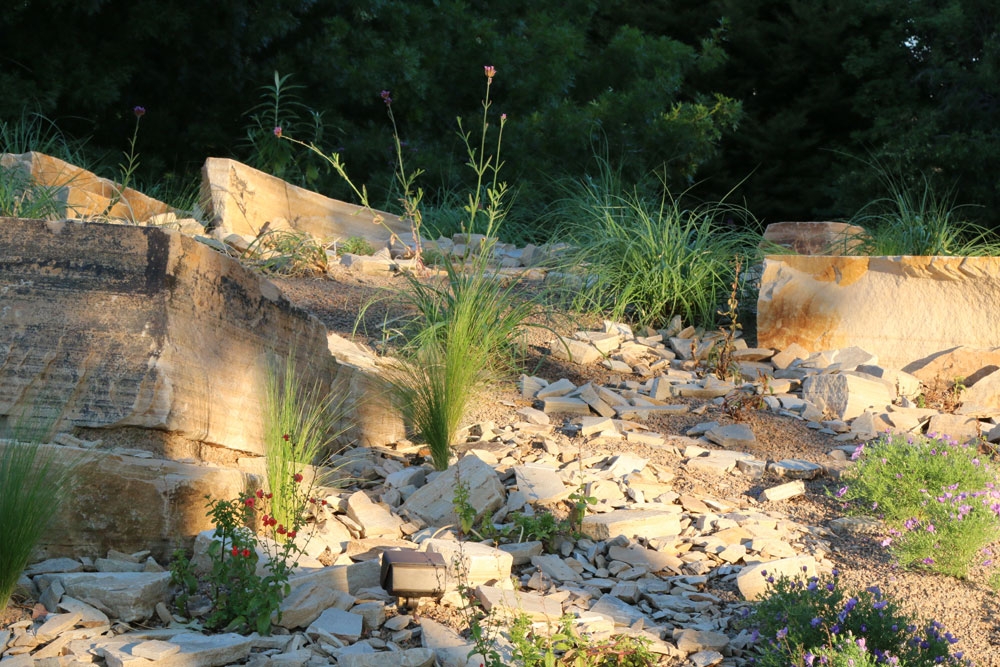
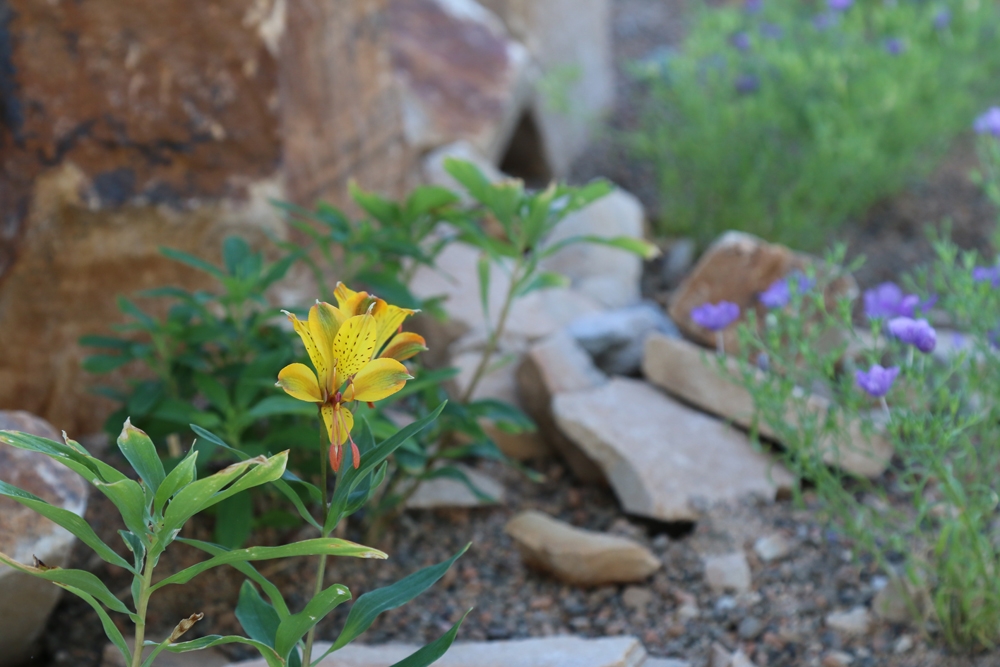
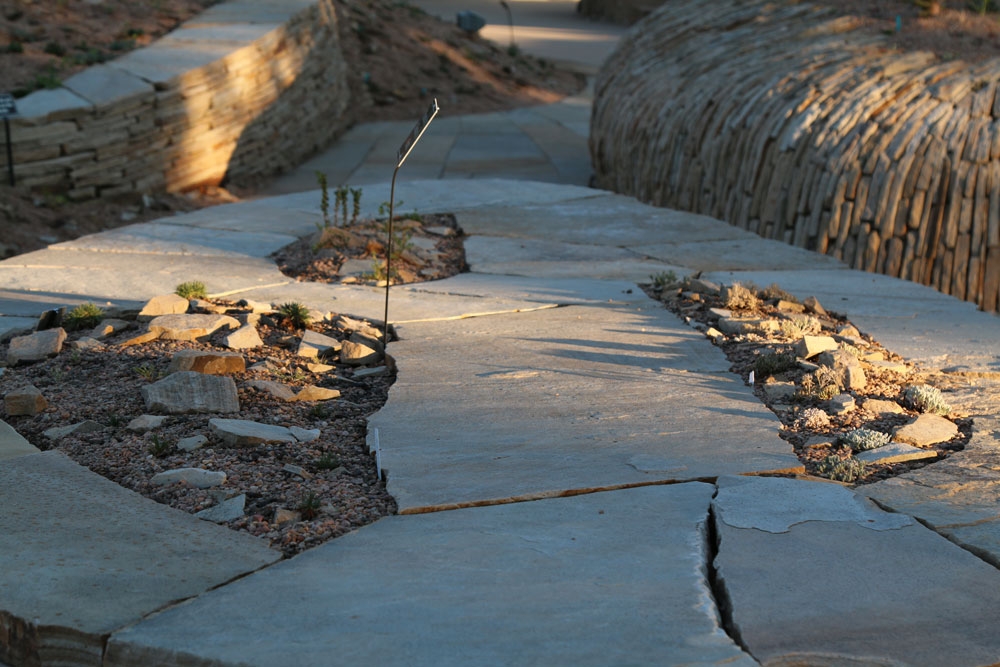
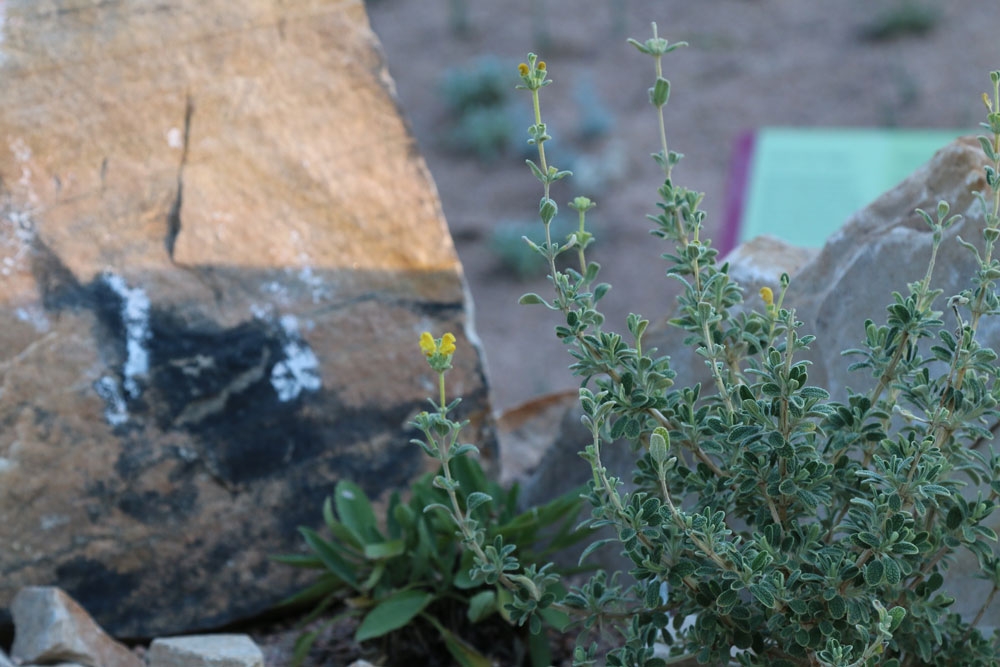
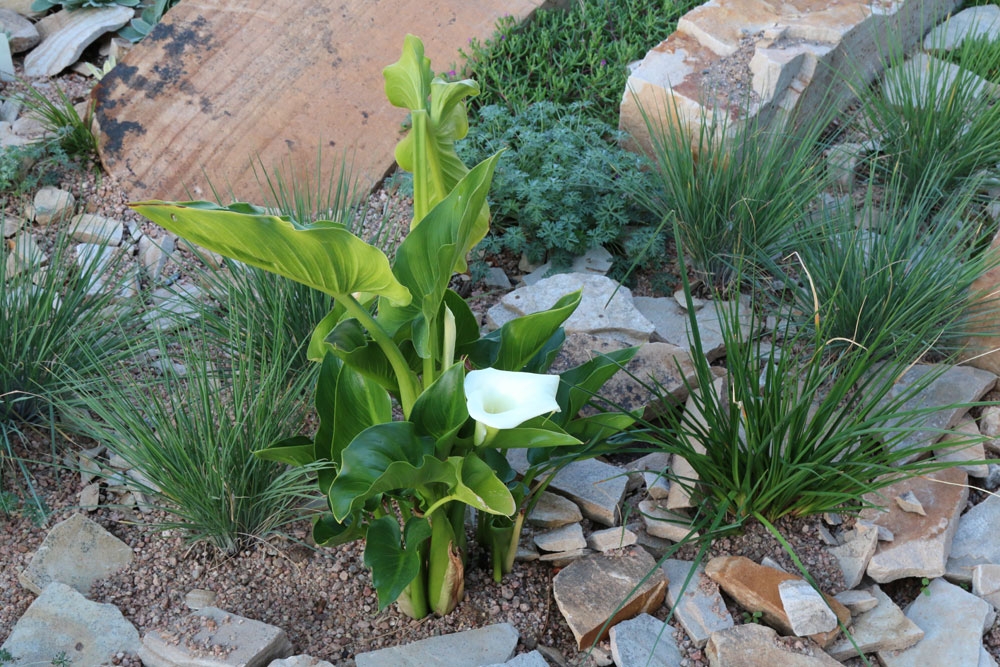

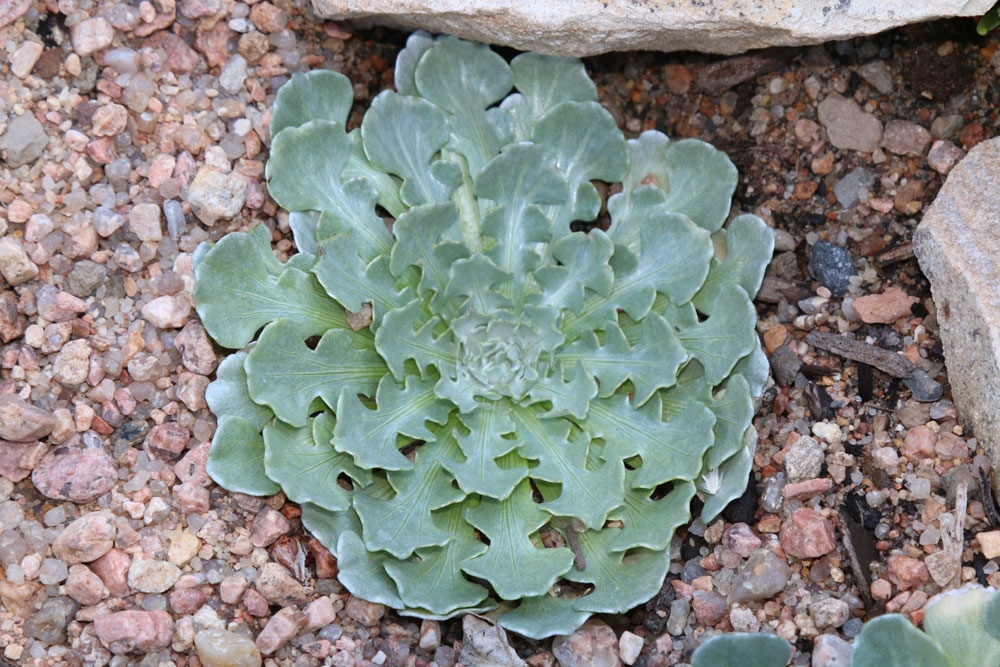
Add new comment